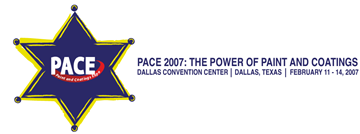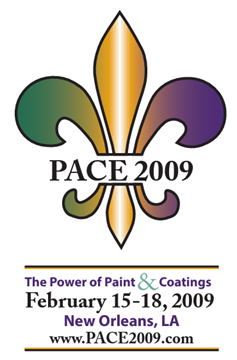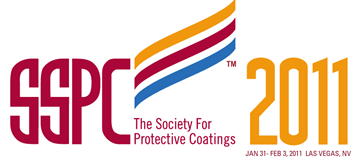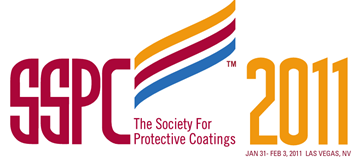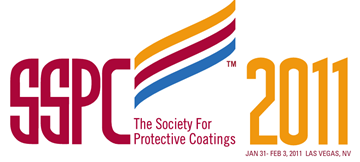Search
Individual Conference Papers
View as
Sort by
Display
per page
Maintenance Painting of Galvanized Mast Arms A Project Performed Despite Budget Constraints
Product Number:
41212-668-SG
Publication Date:
2012
$20.00
Maintenance Practice on the Golden Gate Bridge
Product Number:
41207-386-SG
Publication Date:
2007
$20.00
Major keys to Cost Effective Surface Preparation for Superior Coating Performance Corrosion Protection and Long Service Life
Product Number:
41209-505-SG
Publication Date:
2009
$20.00
Making an Eco-Efficient Choice for Controlling Fouling Growth in Your Vessel
Product Number:
41211-615-SG
Publication Date:
2011
$20.00
Making It Last: An Interactive Lifecycle Calculator for Selecting Water Tank Coatings
Product Number:
51323-19199-SG
Publication Date:
2023
$20.00
Making It Work - When to Reconsider Coating Specifications
Product Number:
41211-645-SG
Publication Date:
2011
$20.00
Management of Corrosion in Shale Development
Product Number:
51319-13189-SG
Publication Date:
2019
$20.00
Managing Construction Risk through Aggressive Schedule Management
Product Number:
41211-640-SG
Publication Date:
2011
$20.00
Managing Corrosion Risk in Carbon Capture and Storage Facilities Using Non-Intrusive Monitoring Technologies
Product Number:
51323-18856-SG
Publication Date:
2023
$20.00
Managing Integrity And Corrosion Through Real-Time Prediction Modeling Approach – “Software Sensor” Concept
Product Number:
51322-18126-SG
Publication Date:
2022
$20.00
Managing Risk in Sustainable Aviation Fuel and Renewable Diesel Production with Online Corrosion Monitoring
Product Number:
51324-20579-SG
Publication Date:
2024
$40.00
Managing the Risk of Corrosion-Coatings Failure
Product Number:
41206-293-SG
Publication Date:
2006
$20.00


